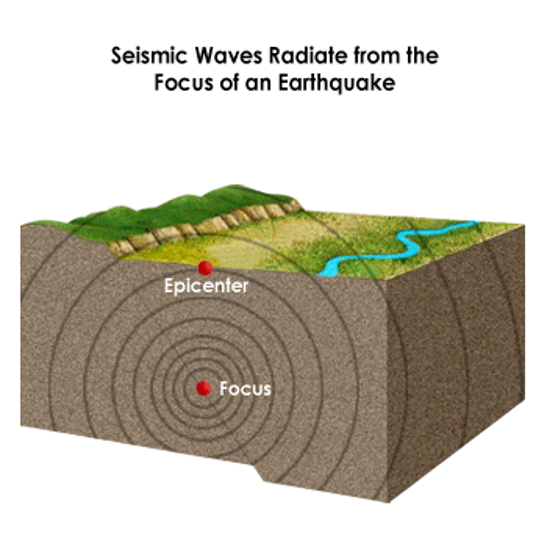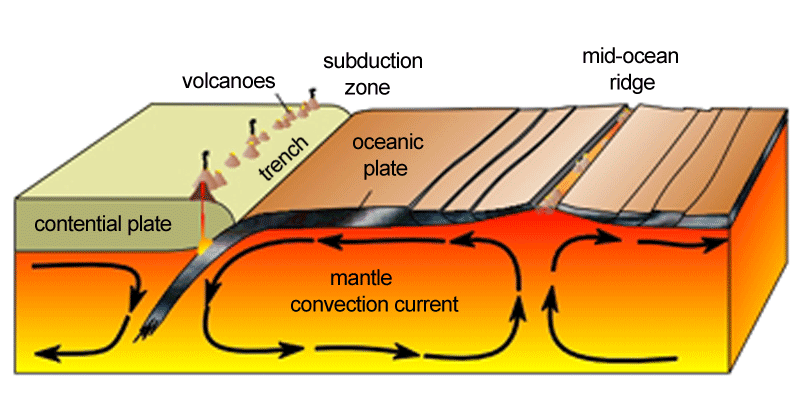What is an Earthquake?
- quakeready

- Feb 8, 2020
- 1 min read
Updated: Feb 27, 2020
Earthquake is the shaking and trembling of Earth’s crust because of the displacement of Earth’s boundaries.
Things to remember:
1. Shaking of the ground comes from the focus of the Earth’s crust.
2. Epicenter is a point where it is vertically placed at the top of focus. This is where seismic waves begin to happen.
3.Seismic waves is the energy that travels to the earth's crust that triggers earthquakes.
Why do the plates move? Plates move because of convection current which is then related to subduction zone and process. Plates move due to differences in temperature which causes the rising and sinking cycle. It is the transferring of heat due to the bulk movement of the molecules. Subduction zone can be found where oceanic and continental plates meet, occurs mostly in the Pacific Ocean. The process of subduction is that denser plates (usually oceanic plates) goes down and melts then it goes up again.
Different types of earthquake
Tectonic - due to geologic factors
Volcanic - due to volcanic activity
Collapse - caused by the explosion of rocks above underground activities
Explosion - caused by an explosion

Where do earthquakes occur?
Normal fault - hanging wall drops down
Reverse fault - hanging wall goes up
Strike - slip fault - slides horizontally
Types of Earthquake Boundaries
1. Convergent – Occurs when the Earth’s crust collides with each other.
2. Divergent – Occurs when the Earth’s crust moves apart from each other.
3. Transform - Occurs when two plates slides from each other.
Reference/s;
Types of Earthquakes & Faults. (n.d.). Retrieved from https://people.uwec.edu/jolhm/eh/toivonen/types.htm










Comments